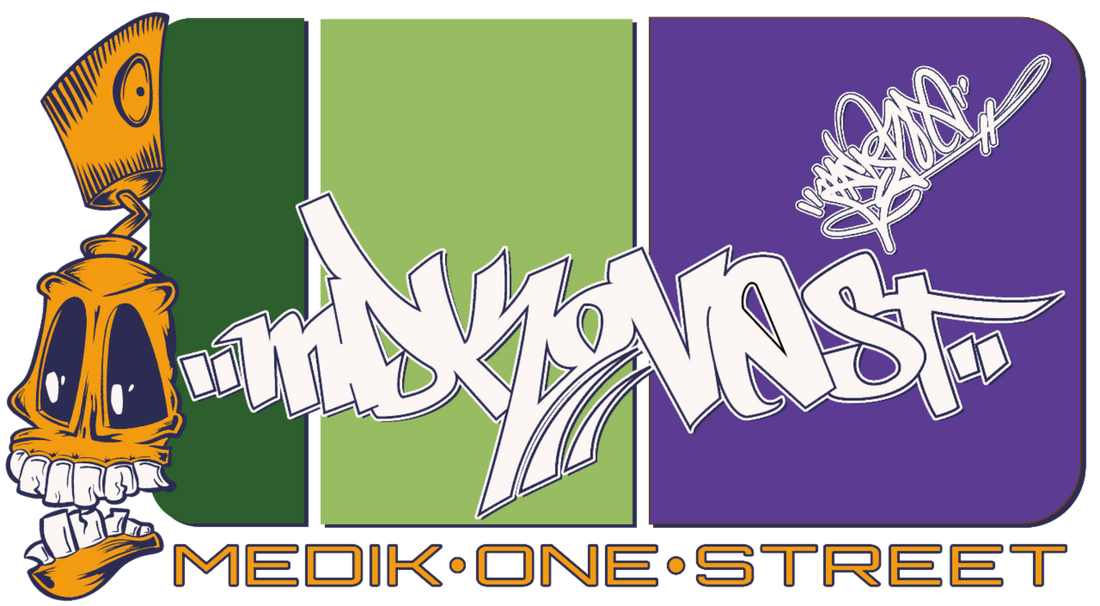
Street Art for Social Change: How Urban Artists are Driving Equality Movements
Share
Street Art for Social Change: How Urban Artists are Driving Equality Movements
In recent years, street art has emerged as a powerful force for social change, with urban artists using their creativity to amplify voices, challenge injustices, and drive equality movements across the globe. From towering murals to thought-provoking graffiti, street art has become an essential tool for activists and marginalized communities to express their struggles, demand justice, and inspire action.
The Power of Public Art
Street art's unique ability to reach a wide audience makes it an invaluable medium for social activism. Unlike traditional gallery spaces, street art is accessible to everyone, transforming urban landscapes into open-air museums that spark conversations and challenge societal norms[1][8]. This democratization of art allows for the expression of diverse perspectives and experiences, particularly those of marginalized communities who may not have access to conventional artistic platforms[6].
Amplifying Marginalized Voices
One of the most significant impacts of street art in driving equality movements is its capacity to amplify marginalized voices. Artists from underrepresented communities use their work to share stories that are often overlooked or silenced by mainstream narratives[6][34]. For example, in San Francisco's Mission District, artist Nancypili Hernandez creates murals that document the history and struggles of the Latinx community, highlighting stories that are typically absent from history books[34].
Challenging Power Structures
Street art serves as a form of peaceful resistance against oppressive systems and reclaims public spaces for the people. By transforming walls, buildings, and other urban infrastructure into vibrant canvases, artists challenge the notion that public spaces are solely for commercial or governmental purposes[6]. This reclamation of space becomes particularly powerful in gentrified neighborhoods, where street art can serve as a reminder of the community's original identity and culture[34].
Inspiring Action and Fostering Community
Beyond raising awareness, street art has the power to inspire action and foster community engagement. Many street artists collaborate with local residents, organizations, and activists to create meaningful artworks that reflect the specific needs and concerns of a community[6]. These collaborative efforts not only result in powerful visual statements but also build stronger, more connected communities united in their pursuit of equality.
Global Impact
The impact of street art on equality movements extends far beyond local communities. Initiatives like the Generation Equality Murals, a partnership between Street Art for Mankind and UN Women, demonstrate the global reach of this art form[31]. These murals, created by prominent women street artists in cities around the world, aim to amplify the vision of accelerated progress for global gender equality, inspiring viewers across cultures and borders.
Challenges and Controversies
While street art has proven to be a powerful tool for social change, it is not without its challenges. The line between art and vandalism remains a contentious issue, with some viewing street art as a form of property damage rather than a legitimate form of expression[34]. Additionally, the increasing popularity and commercialization of street art have raised concerns about gentrification and the co-opting of activist messages for profit.
Looking Forward
As equality movements continue to evolve, street art remains a vital component in the fight for social justice. Its ability to transform urban spaces, challenge societal norms, and inspire action makes it an indispensable tool for activists and artists alike. By continuing to push boundaries and amplify marginalized voices, street art will undoubtedly play a crucial role in shaping the future of equality movements worldwide.
In conclusion, street art has become more than just a form of creative expression; it is a powerful catalyst for social change. As urban artists continue to use their talents to drive equality movements, they remind us of the transformative power of art and its ability to create a more just and equitable world.
